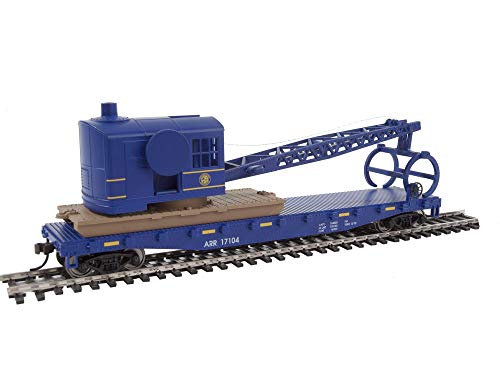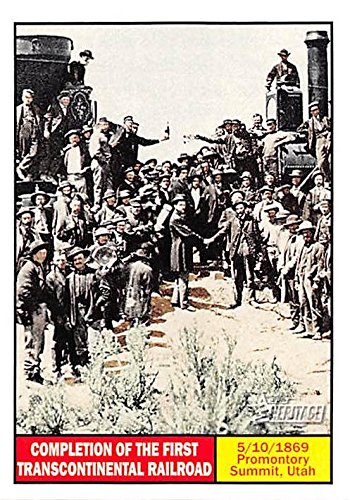I have seen numerous statements (probably in the area of a hundred) over the past several years, in various places, not just here on this board, to the effect that a train which is scheduled daily tends to be more on-time overall than a less-than-daily train. The host RR dispatchers don't have to try to remember "Let's see now -- what day of the week is it today? Do we have Amtrak coming through here today? Or was that yesterday? or is it tomorrow? Ah, the heck with it, I won't worry about whether to try to have a slot for it unless it shows up..." -- and then it shows up and has to sit on a siding for a couple of hours in several places.
If a train is daily, there is a daily slot for it already worked out and available, per agreement between the RRs. Now, OK, U.P. has historically been pretty crappy (to be kind) and CSX on some routes, at least, has been less than stellar, in providing that slot, but they do seem to be improving in a lot of cases.
But when you have a daily train, OTP seems to be better, on the whole, than with a non-daily train.
And of course you won't have the revenue-losing problem of non-savvy passengers (that don't really understand the "which day of the week does it run?" question) who will be buffaloed by the reservations computer when they try to book a seat or a connection on a non-scheduled day and have the system tell them there is no such train, at which time the prospective passenger gives up and books an airline ticket...
If the choice is between restoring a 3x/week Sunset to Orlando, or simply leaving Sunset as it is and adding a JAX-NOL daily, do the latter. It could provide daily connex for pax to/from Chicago, on the City of New Orleans, daily connex to complete the Southern Transcon Route that we lost when Sunset was truncated to NOL, and daily connex South into Florida and North to SAV, CHS, etc., both by way of the Silver Service trains. And it would undoubtedly be more reliable on OTP than the Sunset was, especially Eastbound. While it would be nice to go all the way to ORL, and of course folks prefer a "one seat ride" where they don't have to connect with another train, on balance it's probably better to simply have the connection available than to not have it, and there are currently two trains in each direction (North and South) that go through JAX. Another option I suppose would be to restore a 3x/wk Sunset all the way to ORL and add a 4x/wk JAX-NOL train. That would in effect make a daily on that JAX-NOL path, but it would be a lot less OTP dependable Eastbound and therefore would receive worse dispatching performance (because it would frequently be out of it's time-slot Eastbound).
One other option would be to have a NOL-MIA daily, which would simply be one or two coaches and perhaps a snack car, tacked on to 97/98 out of Miami Northbound and out of JAX Southbound, with a couple of engines and a baggage car at JAX and cut them to/from 97/98 at JAX and run the NOL-JAX segment with those cars. Passengers could use the Diner or existing Lounge on the Silver Service part of the consist MIA-JAX and just have the snack bar/Lounge car for JAX-NOL. JAX is a long crew-change and refueling stop anyway, so switching NOL-MIA cars on and off should be a viable option at JAX without adding much if any delay to 97/98 there. It would allow a one-seat ride NOL-MIA and all stations in-between, and car servicing in MIA overnight. If an engine on the NOL-JAX segment was due for service, they could append it to 98 or 92 North to SAV or South on 97/91 to SFA (Auto-Train) or MIA for overnight servicing on the East end and then tack it on to a 91/92/97/98 as appropriate to get it back to JAX. And there is already sufficient overnight servicing at NOL, as I understand it, at the West end of that run. They would of course need to transfer baggage for the MIA-NOL passengers to and from the JAX-MIA baggage car at JAX, or have a second baggage car run with the NOL-bound cars all the way from MIA.
As I understand things, there are plenty of engines available, it's the passenger cars that are in short supply. If/when they can get the cars from the NOL evacuation train refurb'ed and back in full FRA spec'd condition (I understand that is being done), perhaps some of those would be available for that run. It would not be nearly as nice as the Sunset's Superliners, with Diner, Observation Lounge car, and so forth, but it would undeniably be better than the current status of NO SERVICE WHATSOEVER between NOL and JAX






















































